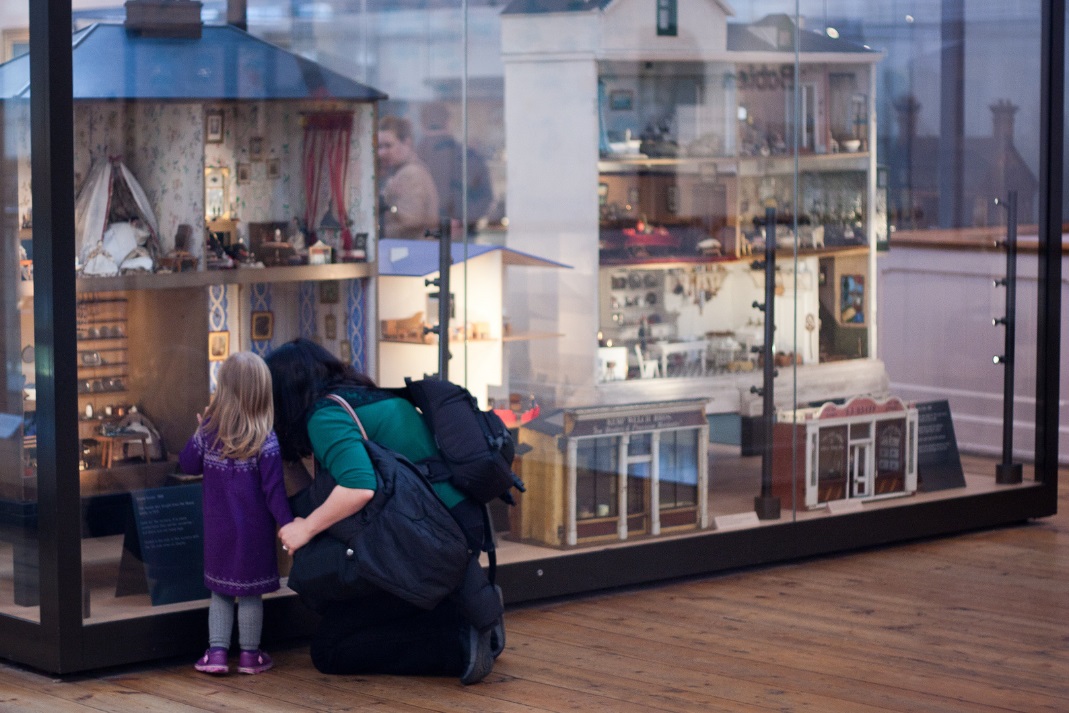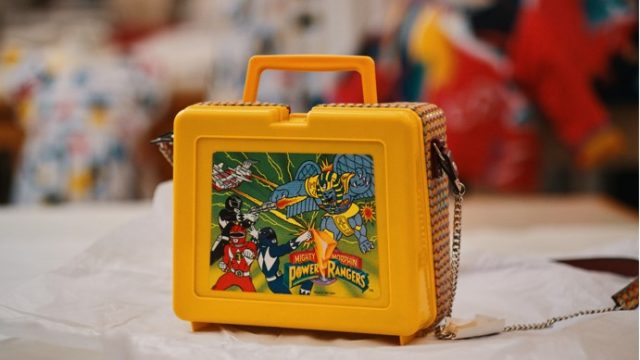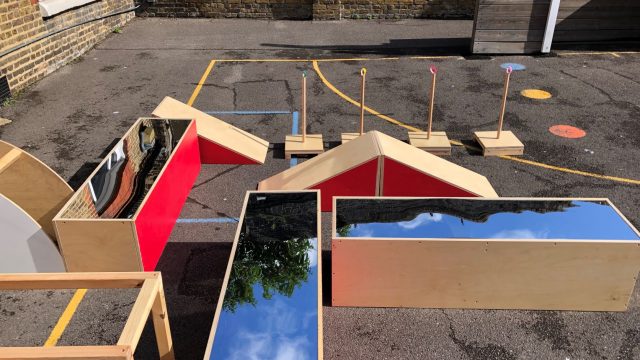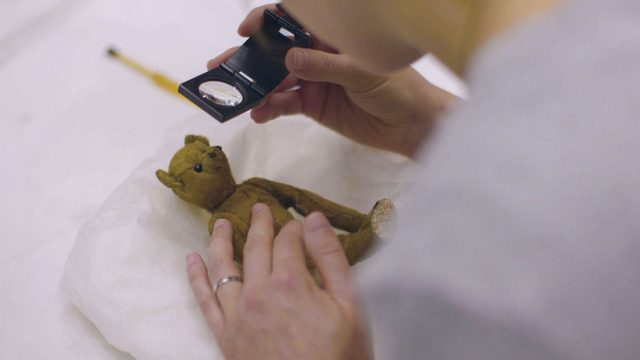Between buying new shoes, digging out the school uniform and re-setting body clocks, we recommend adding a museum visit to spark a conversation during your family’s back-to-school preparations.
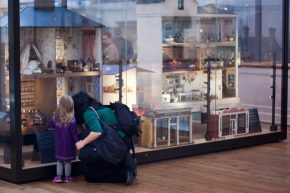
Reality is setting in…the summer holidays are drawing to a close, new pencil cases and football boots are being bought, child care logistics and pick-ups are being organised and you’re wondering how your child might cope in the next few weeks. As you race around ensuring they’ve got all their kit, why not consider making a stop at a museum part of your back-to-school “to do list.” With their variety of interesting objects and school-related subjects, museums can be a really fun and easy way to get kids talking about their excitements and anxieties for school.
If you have a child just getting ready to go to school for the first time, find an exhibition that has school-themed items in it. This can be a really fun and easy way to prompt them into talking about how they are feeling about school. Maybe they have questions about what their next school will be like, or what they will be doing all day, perhaps an older child has a year of exams looming and they’re feeling a little anxious. Looking at an exhibition together gives you a chance for a “side by side” conversation. Why not visit the V&A Museum of Childhood’s collection for some back-to-school inspiration…
1. Train, bus or walking?
Toys in the Museum are perfect to begin the conversation about their journey to school, as well as introducing the mechanics, cogs and wheels of trains, busses and cars. Below is a clockwork scene where a tin bus travels from one stop to another which can be found in our Moving Toys Gallery.
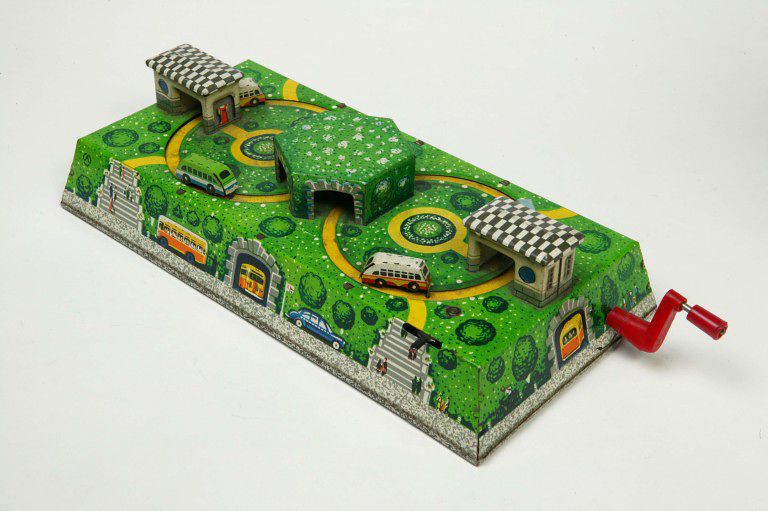
2. What lesson are you excited about?
These Victorian alphabet blocks from 1845 might spark a conversation about your child’s favourite lesson, their strengths and weaknesses. If you have a child who claims they “don’t like” history, or maybe feels they “aren’t good” at history, then a visit to the museum can help them see just how varied and vast our history really is. Remind them of a subject or hobby that they do “like” and are “good at” and challenge them to find something that connects with it in the museum. If you are stumped, our Front of House staff and volunteers might be able to help!
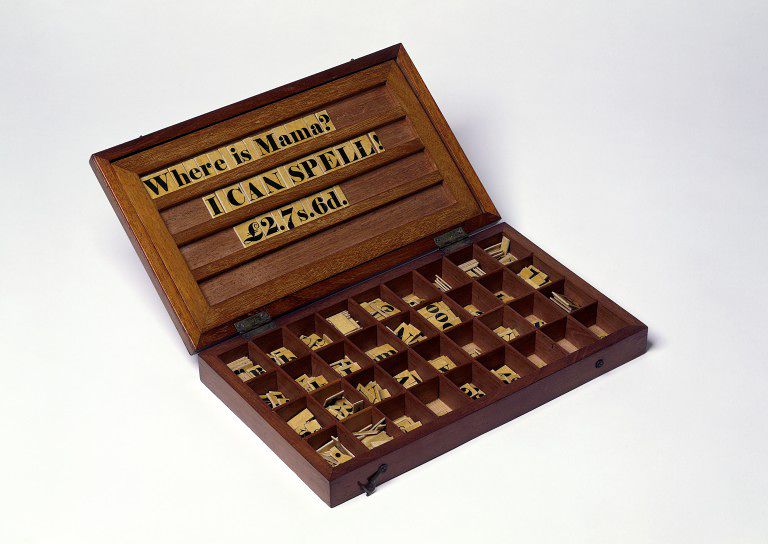
3. Where will you sit?
A visit to the museum can also be a great way for students to reignite the passion they have for what they learn about in school since you are able to experience it in a way that is not tied into tests and the stress of remembering and repeating facts. Exploring around the Museum, you can also discover familiarities between their school day and the past, perhaps you might ask them where they’ll be sitting in class and then go on to hunt out all the chairs in the Museum.
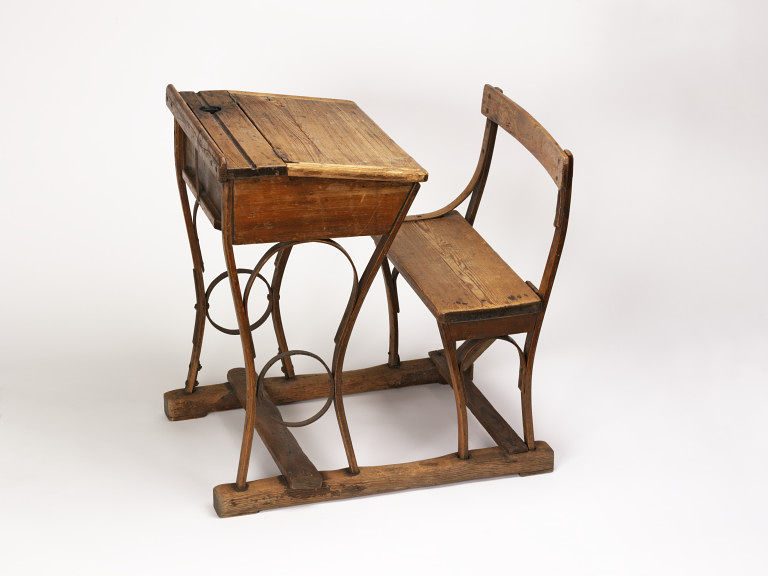
4. Calling all bookworms!
If your child has started to read a few words, they can look for things they know (like “stop” and “go” or even toys of familiar characters from books. You may have memories of the books that you want to share with your child. You could even find a quiet corner of the Museum and read together, we’ve got a bookshelf on the second floor at the front of the Museum.
This blue, hard backed exercise book is part of a set of three produced by two brothers during the 1960s. The books contain information about an extensive imaginary monkey world that they created during their school holidays. The books have details about day to day life in monkey society, including political struggles, religious views, schooling and tests, cultural events, and the monkey justice system which featured fines and punishments for bad behaviour. Accompanying the books are the monkeys themselves which were homemade by a live-in teacher who resided with the family while the boys were growing up.
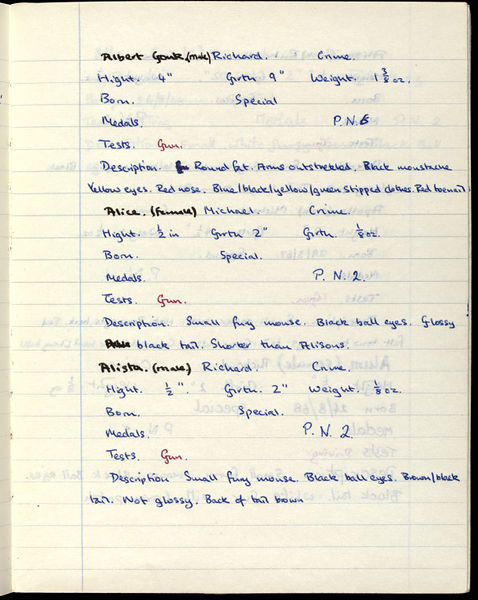
The books and the monkeys give a very unusual insight into the thoughts and concerns of teenage boys in the 1960s. The world they have created is complex in its political and moral structures, showing evidence of wider cultural influences. The books have captured the inner workings of imaginative play, something that is usually intangible and difficult to record, making the objects exciting and important records of modern childhood.
Find the monkeys themselves in our Creativity Gallery!
If you don’t have time to visit the Museum before you go back to school, check out our Things to Do pages of the website where you can make moving puppets and arts and crafts pieces at home to get the creative juices flowing.
